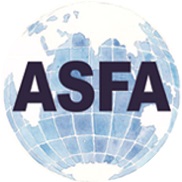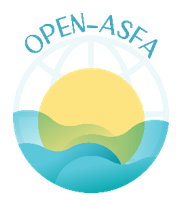Influence du pH sur la composition en lipides et en acides gras du rotifère Brachionus plicatilis
DOI:
https://doi.org/10.71754/instm.bulletin.v26.883Keywords:
Feeding, Food organisms, Nutritive value, Lipids, Crustacean culture, Fatty acids, Fish larvae, Fish culture, pH, Brachionus plicatilis, MarineAbstract
The influence of pH of rotifer culture medium on the fatty acid content of rotifers was studied. The pH of rotifer semi-continuous cultures was daily adjusted either at pH 5 to 6, either at pH 9 to 10, while the pH of the untreated control group varied from 7 to 8. Rotifers were fed with a mixture of baker's yeast and emulsified oil. After 10 days, rotifer fatty acid composition of each tank was analysed. Total lipid content did not change between treatments. A clear pH influence was noticed on Long Chain Polyunsaturated n-3 fatty acids content at the expense of the n-7 monounsaturated fatty acids. The acid and mainly basic treatments led to higher levels of n-3 highly unsaturated fatty acids in rotifers than neutral pH. The main difference concerned docosahexaenoic acid (C22:6n-3) with the highest value observed in rotifers cultures at alcaline pH. pH monitoring of the cultures can be a means to improve rotifer quality in their essential fatty acid content and in order to meet requirements of marine fish larvae













